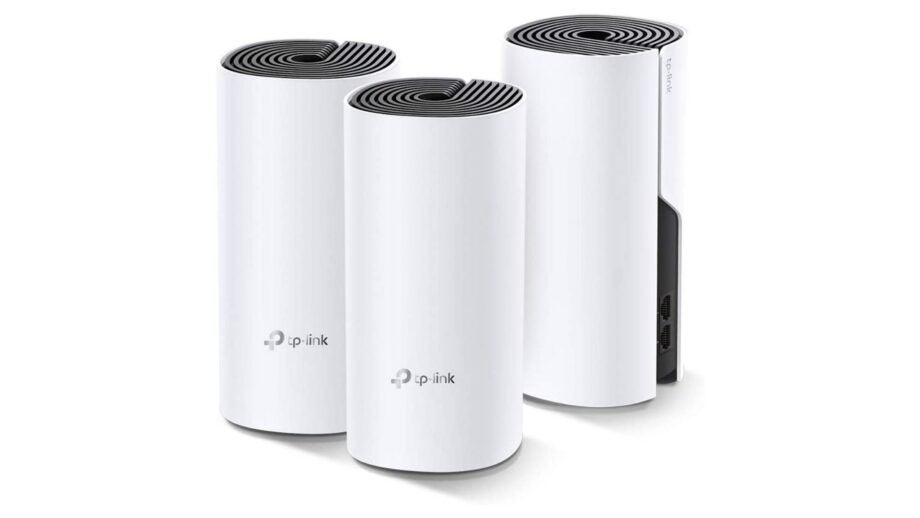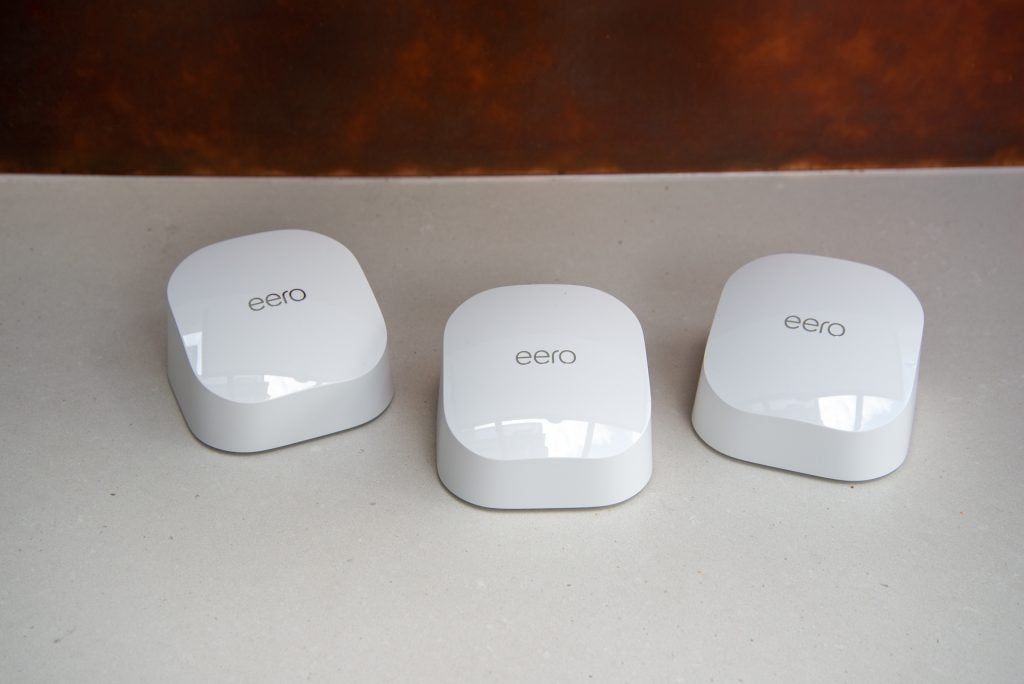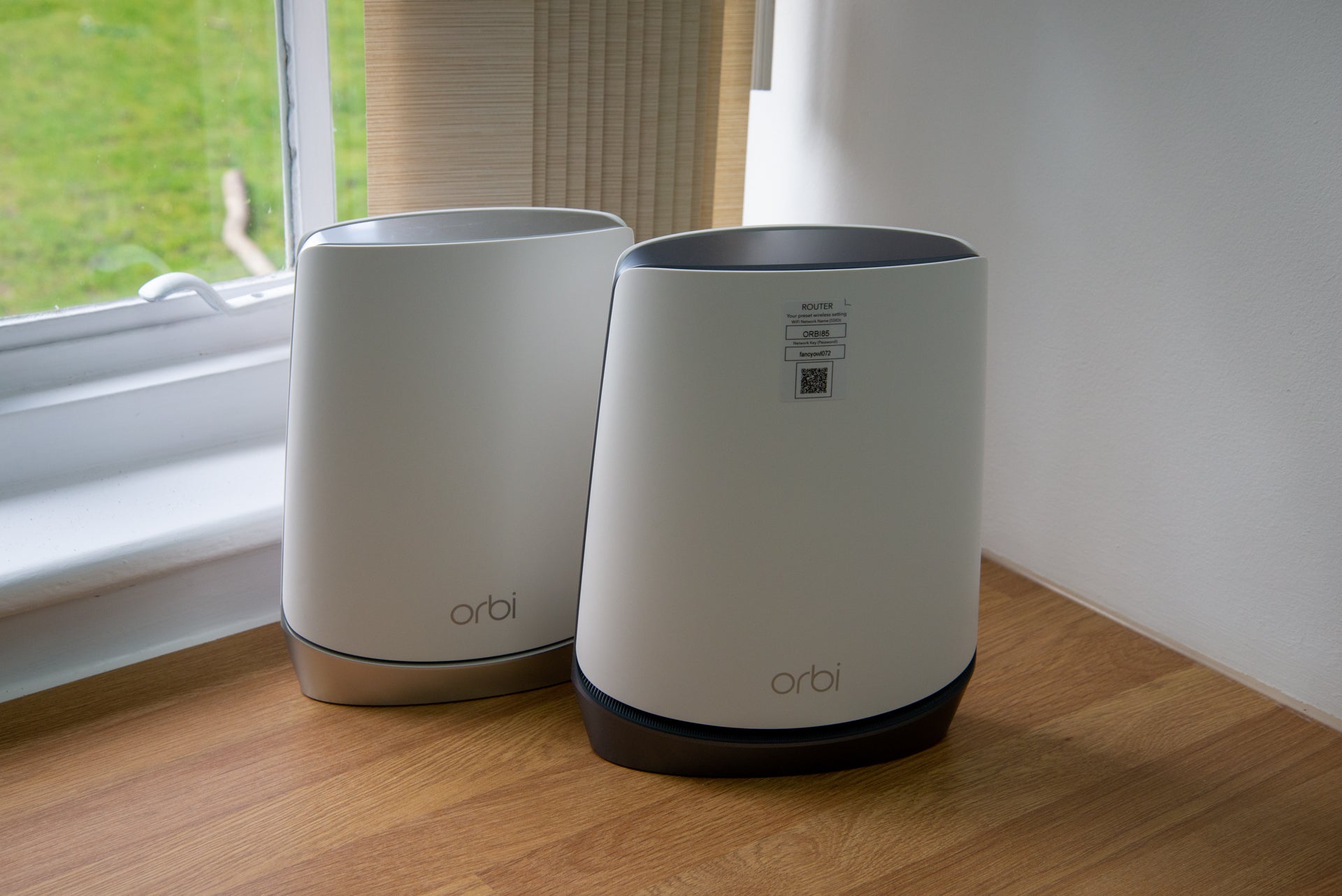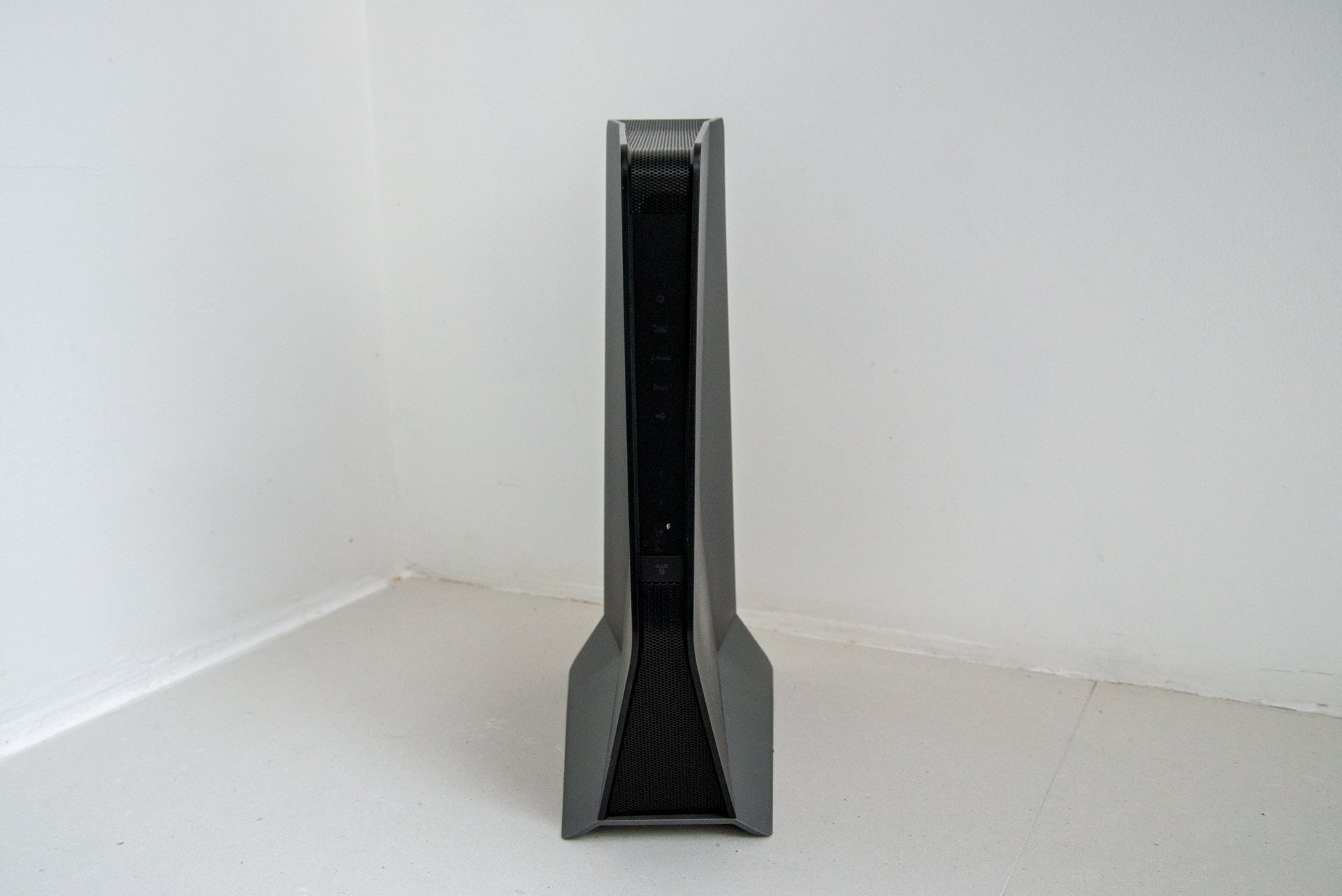What is a mesh system?

Strong Wi-Fi all over your home is essential nowadays, and the best way to do that is with a wireless mesh system.
These cleverly rebroadcast your wireless signal via additional satellite boxes, giving you perfect Wi-Fi everywhere. How do they work, and what is a mesh system? Find out in our complete guide.
How does a mesh system work?
The problem with Wi-Fi is that it’s prone to interference and can’t always penetrate through thick walls. The solution is to use a mesh system. Rather than having a single router, these come with additional wireless access points, known as satellites, that you place through your home.
Each satellite acts as a connection point for your devices. By spreading satellites throughout your home, you spread the signal and ensure that you’ve got a strong connection everywhere.
To work, mesh systems have to connect the satellites together and to the router. They do this through what’s known as the backhaul. This can use Wi-Fi, making satellites wireless (well, bar the power cable), or you can use Ethernet for a wired connection on most systems.
Using Wi-FI makes mesh systems easier to install, as you can just turn a satellite on and let it connect. However, positioning is important, and you need to place your satellite within Wi-Fi range of another mesh device.
Using Ethernet is slightly more convoluted, but you get a dedicated connection and you can place satellites further from other devices. Using Ethernet is a good option where Wi-Fi won’t reach. For example, if you want to extend Wi-Fi to an office room, then Ethernet is a good choice.
You can mix and match backhaul types in a network, and the system will handle it automatically.
Do you need tri-band Wi-Fi?
Tri-band mesh systems, such as the Netgear Orbi RBK852, add an extra 5GHz wireless channel for the backhaul only. By dedicating this bandwidth, you get better performance overall. Dual-band mesh systems have to share some of the Wi-Fi bandwidth that connecting devices use for the backhaul, so performance can degrade, particularly if the network is busy.
Dual-band mesh systems, such as the Eero 6, are generally cheaper, but they don’t always have the same performance levels. In particular, range isn’t as good in our tests.

Doesn’t a Wi-Fi extender do the same thing?
Wi-Fi extenders are similar to mesh systems, only these work with any existing router without needing a hardware update. Typically, extenders don’t offer the same level of performance, and they create another network name that you have to connect to manually. Buy an extender to boost Wi-Fi to one area of your home only, but go with a mesh system if you want to improve Wi-Fi everywhere. Plus, mesh systems add some additional features.
What else does a mesh system do?
One of the most important technologies in a mesh system is seamless roaming. When a Wi-Fi device connects to an access point or satellite, it will maintain that connection until it’s physically dropped. That’s a design built for tolerance, but it adds a problem: when you have multiple satellites around your home, as you move around, you want your devices to connect to the satellite with the strongest signal.
That’s what seamless roaming does. This forces connected devices to switch connections to the best satellite for them at any one time. It’s particularly important for mobile devices, such as phones: as you move around your home, you’ll see that you still get a strong signal.
Most mesh systems also have band steering. With this, all available network bands are available under one network name. When a device connects, the mesh system directs it to the best band (2.4GHz or 5GHz, although Wi-Fi 6E, available on the Orbi RBKE963, also introduces a new 6GHz band).
Should you buy a mesh system?
If you’ve got a smaller home and a router will do the job, then it’s cheaper to stick with that. Likewise, if you’ve got a specialist gaming router, then you may want to stick with what you’ve got and use extenders in some cases. If you want the best wireless signal everywhere, then a mesh system is the most elegant solution.





